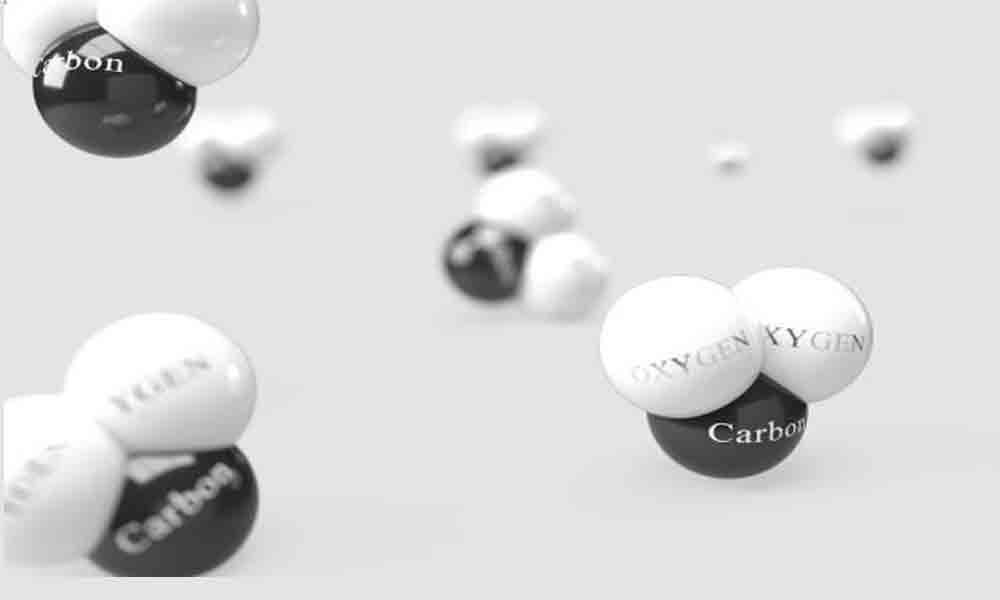Just In

Scientists have developed a bowl-shaped electrode which can efficiently convert carbon dioxide into fuels, helping combat the climate change threat posed by rising atmospheric CO2.
Scientists have developed a bowl-shaped electrode which can efficiently convert carbon dioxide into fuels, helping combat the climate change threat posed by rising atmospheric CO2.
An electrode is an electrical conductor used to make contact with a nonmetallic part of a circuit, like air or electrolyte. Researchers, including those from the University of Bath in the UK, believe the design will eventually allow the use of renewable electricity to convert CO2 into fuels and chemicals without creating additional atmospheric carbon.
Using this reaction, known as the reduction of carbon dioxide, has exciting potential, according to the study published in the Journal of Materials Chemistry A. However, two major obstacles are poor conversion efficiency of the reaction and a lack of detailed knowledge about the exact reaction pathway.
The new electrode addresses these challenges with higher conversion efficiency and sensitive detection of molecules created along the reaction's progress thanks to its innovative shape and construction. The bowl shaped electrode works six times faster than standard planar or flat designs, researchers said. The bowl-like shape of the design concentrates electric fields on its hot edges the rim of the bowl which then concentrates positively charged potassium ions on the active sites of the reaction, reducing its energy requirements.
The Copper-Indium alloy electrode can also be useful to sensitively study the reaction process. "There is evidence that CO2 increases surface ozone, carcinogens, and particulate matter, thereby increasing death, asthma, hospitalisation, and cancer rates," said Professor Ventsislav Valev, from the University of Bath. "It is therefore crucial to keep researching new ways for lowering the CO2 levels in the atmosphere," Valev said.
The team wants to continue research to develop the most efficient catalyst to perform carbon reduction. "CO2 is causing climate change, making our planet warmer. By using clean electricity, we can convert CO2 into chemical fuels, which can be used again," said Professor Liwu Zhang, from Fudan University in China. "This builds a cycle of CO2, with no increment of CO2 concentration and will help save our world," Zhang said. However, researchers said in order to improve the efficiency of transforming CO2 into chemical fuels, it is extremely important to know the reaction pathway, and find the most suitable catalyst.

© 2024 Hyderabad Media House Limited/The Hans India. All rights reserved. Powered by hocalwire.com







